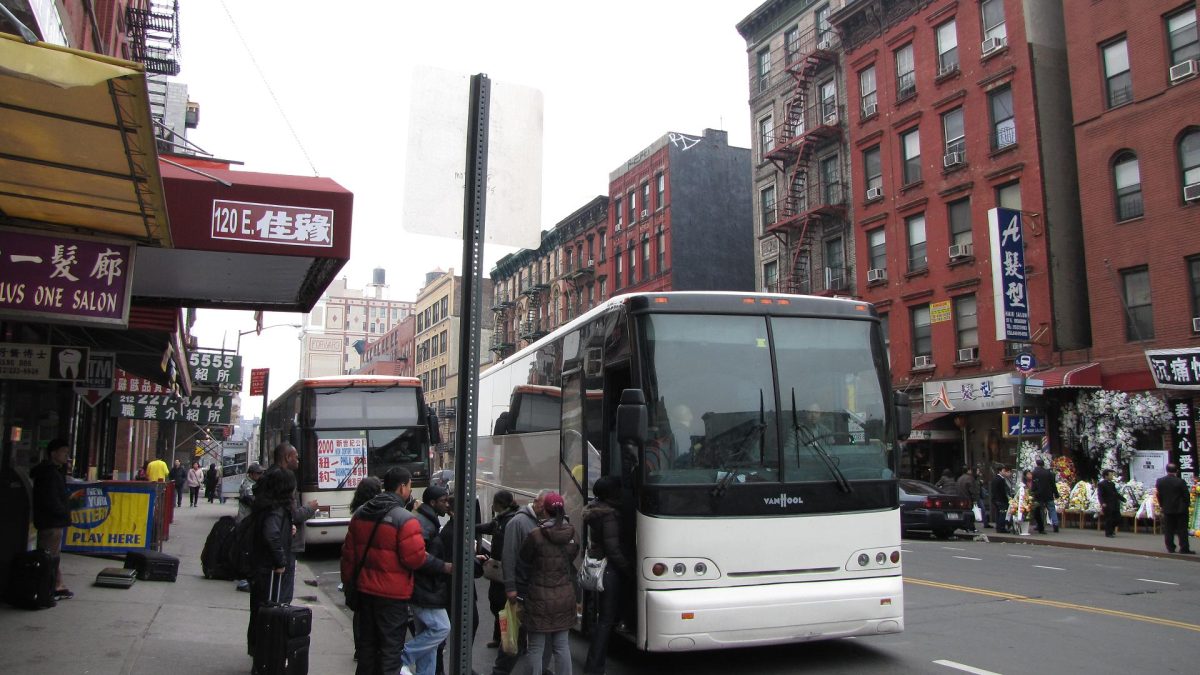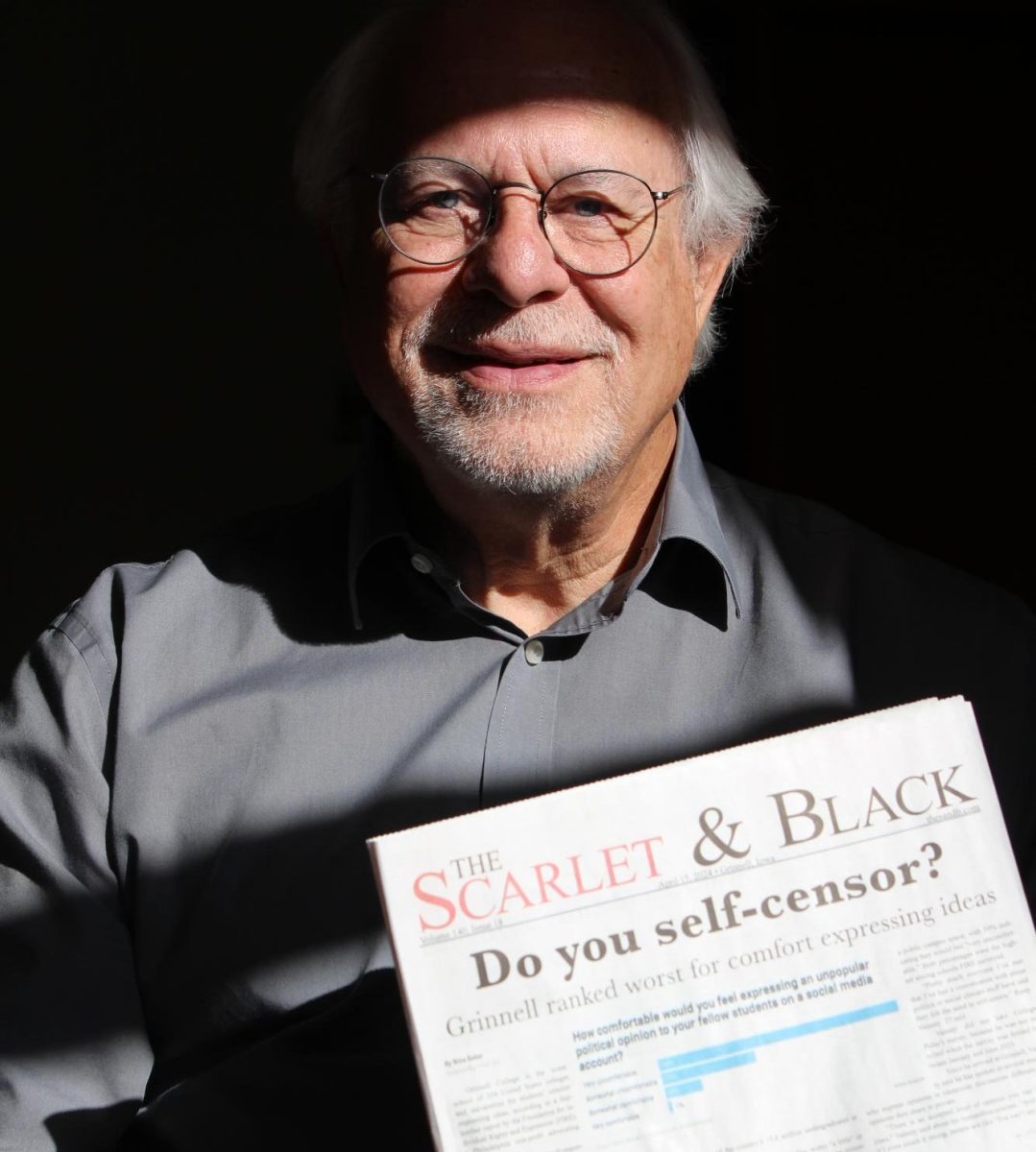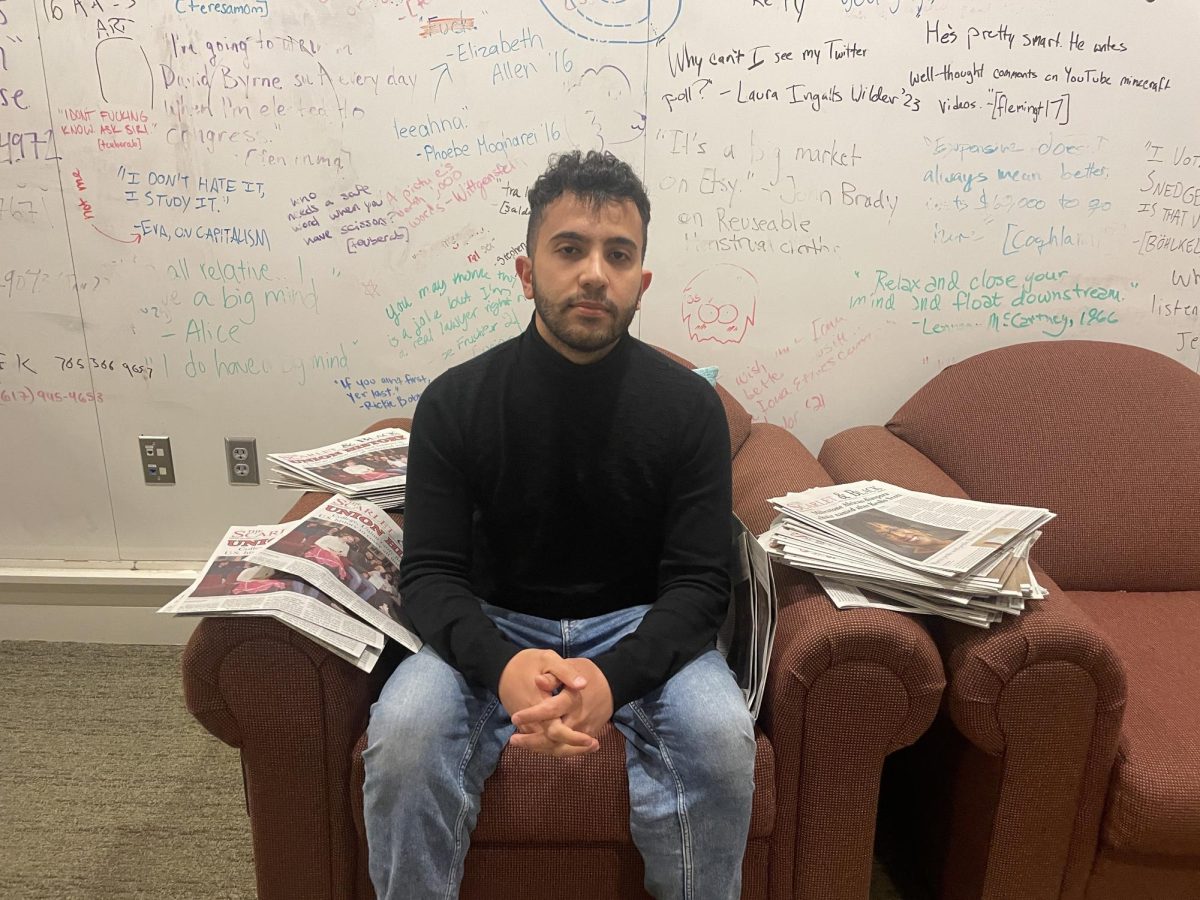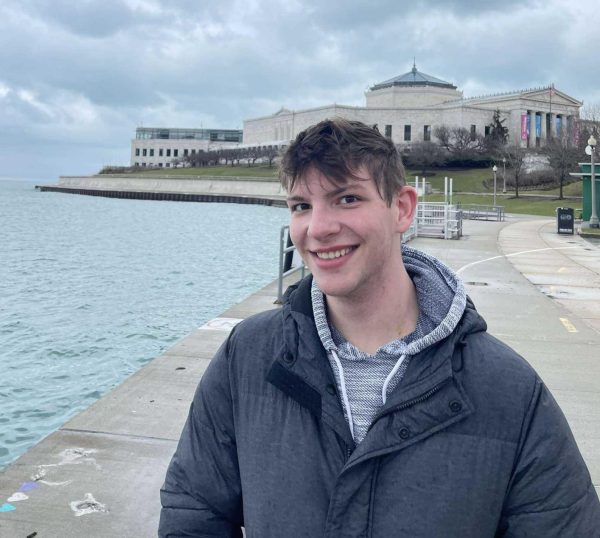With election season just underway with the start of caucuses, media coverage, political talking points and voter opinion reveal that one of the most hot-button campaign topics on American minds lies at the Southern Border. In the midst of the ‘Migrant Crisis’ with no signs of slowing, it is now more important than ever to stay politically informed on candidate stances on the issue, what has previously been done in response and the future effects of an evolving immigration disaster.
In April 2022, Texas Governor Greg Abbott sent the first bus of undocumented migrants from the Southern Border to a Blue sanctuary city, Washington DC. Abbott’s reasoning for the busing was in response to what he claimed were “hordes of illegal immigrants who are being dropped off by the Biden administration” overwhelming Southern communities by cost, enforcement and population.
Framing the effort as mutually beneficial for both migrants and Southern communities, Abbott’s campaign has resulted in the transportation of hundreds of thousands of migrants to Blue sanctuary cities. Recently, cities like New York City and Chicago are reporting between 400-600 new arrivals per day with little to no warning where or when buses might arrive.
This has inevitably led to dramatic changes for these cities — not only is there a significant rise in debt due to this crisis, there are also record-high rates of homelessness, about an 11% increase in the last year.
But what is the connection between the busing of migrants and the increasing homelessness rate? The answer is a concept that I’ve defined as “double illegality.”
The social repercussions of holding two distinctly “criminal” identities — being both undocumented and homeless — have placed migrants within a category of invisibility and illegality. Too invisible to receive adequate housing or welfare aid yet too criminal to truly assimilate, undocumented homeless are targeted by law enforcement within supposedly migrant-friendly cities.
With poor living conditions, high costs of living and abundance of laws criminalizing the homeless, “sanctuary” cities are sites of distress for unhoused migrants. Many cities are already crumbling under the weight of the crisis.
Dr. Melissa Chinchilla, a healthcare and homelessness researcher, explains that the disadvantages of being Latino, documented or otherwise, is statistically correlated with having the highest rates of intergenerational and first-time homelessness, and language, citizenship, occupation, and education all act as identifiers to further separate Latino people from scarce housing and welfare resources. These disadvantages are heightened even further for Latino migrants who are both undocumented and homeless.
Previously left to their own devices to connect with their networks of communities, friends and families in order to adjust, “free” bus rides have disrupted this process by pushing individuals and families into cities without the adequate support needed to properly assimilate.
Previously left to their own devices to connect with their networks of communities, friends and families in order to adjust, “free” bus rides have disrupted this process by pushing individuals and families into cities without the adequate support needed to properly assimilate.
— Sam Bates `24
As more migrants are bused to Blue cities every day, the difficult task of providing food, housing and relief is exacerbated, leading to the unhealthy overcrowding of shelters and welfare centers already at max occupancy. For each bus sent to a sanctuary state, a significant number of migrants will be forced into a cycle of homelessness and poverty, many alongside their families.
For bused migrants who arrive in sanctuary cities, how affordable is it to actually live in these places? While certainly not all of the migrants being transported North are taken to expensive cities, the largest numbers of incoming migrants being bused went to cities and states with high costs of living. With over half the undocumented population being uninsured, only 18% degree-holding, the majority of Hispanic people living in high-poverty areas, and many lacking the legal status, funds and professional know-how to navigate big cities, the intersection between being homeless, undocumented and Latino means that poverty is likely as opportunities for social mobility are cut off and elusive.
For those who are accepted into shelters and welfare programs, the costs of buying products like clothing, food or hygiene items has become increasingly unattainable. Even in Iowa, a non-sanctuary state with the lowest cost of living in the country, Latino people disproportionately make up almost 20% of those in Iowa below the poverty line despite being only 7% of the population.
Although presumed safe from deportation and targeting by law enforcement, migrants who hold “double illegality” status continue to be associated with criminality. With nearly every American state having laws that directly negatively impact and criminalize the homeless population, “sanctuary” cities engage in the same predatory and prejudiced practices that they purport to deny by fining, citing, arresting and forcibly removing homeless people.
Using legal data from 187 cities across America, the National Law Center for Homelessness and Poverty shows exactly how the homeless are criminalized, with nearly every state employing methods such as street sweeps, camping bans, begging laws, and policies around loitering that significantly affect homeless people’s abilities to simply live in a city without penalization or punishment.
Homeless people are up to 11 times more likely to be arrested, and about 60% of the homeless are people of color. The intersection of these two identities enables law enforcement to unproportionately target homeless people of color, by virtue of their racialized criminal status.
Because undocumented people are socially deemed as “illegals,” ideas of criminality become associated with this group regardless of whether illegal acts are being committed. As the migrant crisis worsens, this negative association will increase and the relationship with law enforcement will progressively destabilize, putting both groups in even more danger. Because undocumented people are socially deemed as “illegals,” ideas of criminality become associated with this group regardless of whether illegal acts are being committed. — Sam Bates `24
With Donald Trump being a firm supporter of the busing projects, Ron DeSantis making false promises to migrants for jobs, housing and funding while using them as political talking points, and Nikki Haley vowing to defund sanctuary cities if she is elected, Republican presidential candidates are showing a collective attempt at targeting a heavily disadvantaged group while accosting the cities and states that take in those migrants.
While undocumented homelessness is a growing problem with no signs of stopping, any action to publicize the issue combat biases and pressure government actors to intervene will be effective. Only by raising awareness on this subject can this group be humanized, and as 200 million Americans nationwide battle below freezing cold temperatures, it is important to keep in mind those who do not have the same protections due to their status.
































































Cry Havoc • Jan 26, 2024 at 2:33 pm
Why no mention of the Federal Governments failure to regulate the influx of migrants? Abbott’s isn’t the problem. The problem is a lack of infrastructure (courts, housing, schooling, etc.)